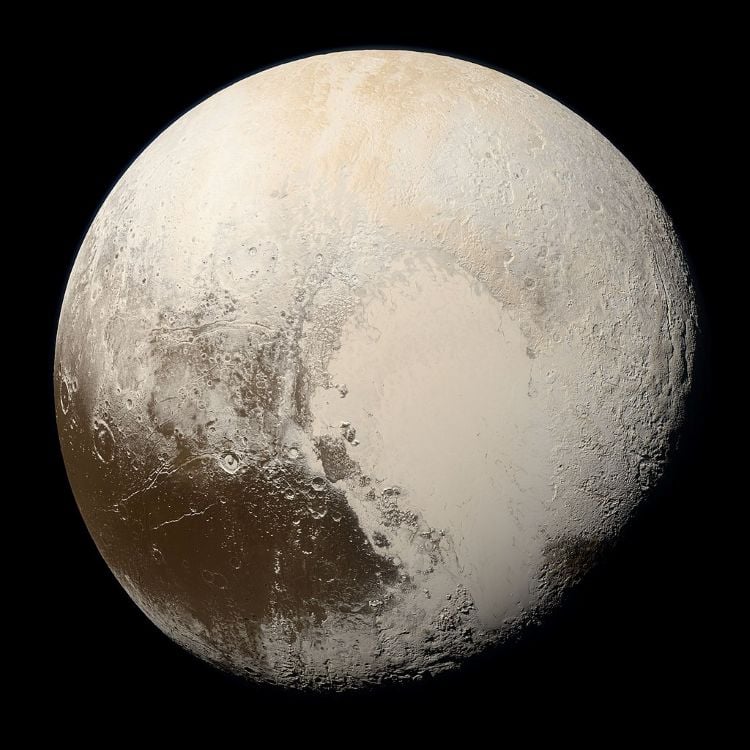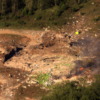Researchers have identified signs of cryovolcanism on Pluto, potentially reshaping our understanding of the dwarf planet’s geological activity. A recent study published in *The Planetary Science Journal* focuses on the Kildaze caldera located in the Hayabusa Terra region. This research aims to uncover how geological processes can remain active in a body that orbits far from the Sun.
To investigate possible cryovolcanic sites, the research team utilized images taken by NASA’s New Horizons spacecraft, which made its historic flyby in July 2015. They compared these images with other cryovolcanic regions on Pluto, such as Virgil Fossae and Viking Terra, as well as analog sites on Earth and Mars. Earthly examples include the Yellowstone caldera, Valles Caldera, and Long Valley Caldera, while Martian analogs feature collapsed pit craters in Noctis Labyrinthus, a canyon-filled area in Valles Marineris, known as the largest canyon in the solar system.
The researchers employed digital elevation models and 3D visualizations to analyze the water ice present in Kildaze. Their findings indicate that the water ice is likely only a few million years old, a relatively recent geological feature when compared to Pluto’s formation billions of years ago. The study proposes that Kildaze is a cryovolcano with a caldera structure, suggesting a history of significant eruptions that may have expelled approximately 1,000 km³ of cryolava.
Cryovolcanism, which involves icy “magma” rather than molten rock, has been observed on various celestial bodies, including Ceres, Europa, and several moons of Uranus and Saturn. The mechanisms behind cryovolcanism can include external factors such as impacts or internal processes like tidal heating or radioactive decay. Given Pluto’s distance from the Sun, its cryovolcanic activity raises questions about its internal heat sources.
Debates continue regarding whether Pluto’s internal heating results from tidal interactions with its largest moon, Charon, or from radiogenic heating. A study published in Icarus in 2022 suggested that interactions with Charon allow heat to persist within Pluto long after its formation. This insight posits that the dwarf planet’s internal heat could also stem from its original formation process.
While New Horizons remains the only spacecraft to have visited Pluto, several missions have been proposed to return, including a fusion-powered orbiter-lander that could reach Pluto in approximately four years. This would be a significant reduction in travel time compared to the nine years it took New Horizons.
As scientists continue to analyze the data from New Horizons, they aim to unlock further secrets about Pluto’s geological activity. The ongoing research may yield new insights into the nature of cryovolcanism and its implications for understanding distant celestial bodies. The quest for knowledge about Pluto’s cryovolcanic past and its current activity remains an exciting frontier in planetary science.







































































